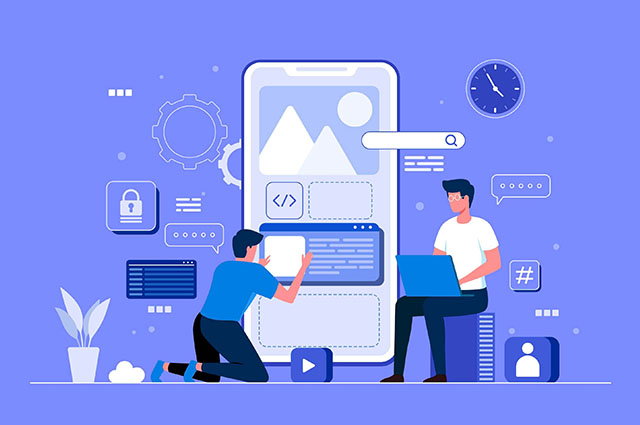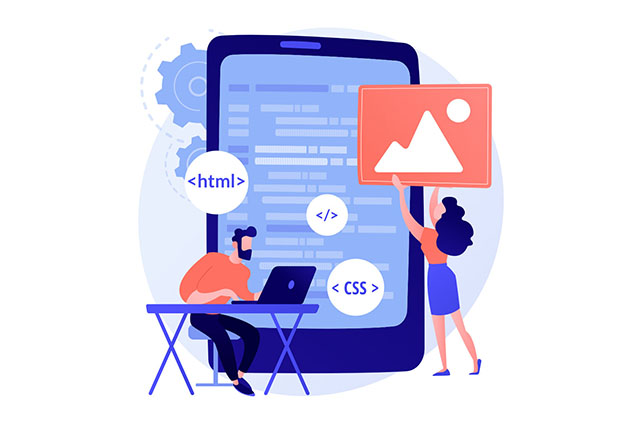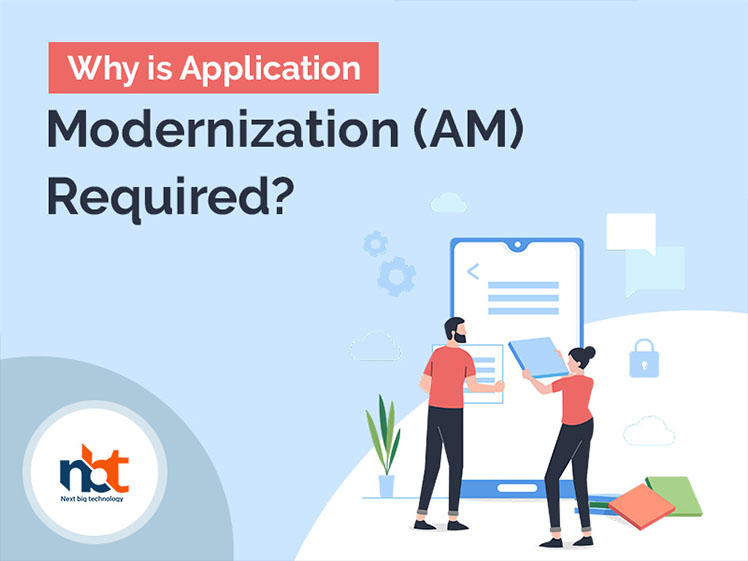The necessity for the digital transformation among companies post-pandemic, as well as the requirement for an agile as well as scalable IT environment to satisfy the ever-increasing customer needs, has resulted in the need to clean up old systems muddled by monolithic design. Application modernization refers to the process of specifically rephrasing the platform architecture, internal architecture, and current functionality. It is frequently combined with digital transformation as well as cloud migration in order for companies to step up their game and implement application modernization in order to actually stay ahead of their competition.
This necessitates breaking down legacy apps into separate functions so that each function may operate independently with the specific help of the containers, attempting to make the framework more flexible, quicker to deploy, self-contained, as well as scalable.
Table of Contents
Application Modernization Components

Application modernization entails not only converting offline business processes to digital ones but also utilizing older systems to develop micro-services of certain tasks in order to increase productivity and minimize expenses.
Businesses are shifting their fundamental architecture from the monoliths to further microservices, transitioning from the physical servers to further cloud computing, and shifting their delivery strategy from the waterfall (basic) to specifically DevOps (advanced).
Also read: How to Create a Single Page Application with React?
The Three R’s of Application Modernization

Businesses with varying capital appetites employ a variety of techniques. Let’s take a look at the three Rs of application modernization:
- Re-Host: Using the “lift-and-shift” approach, it is necessary to lift the existing app stack and migrate it to the cloud.
- Re-Architect: Aging programs are disassembled into components, with each and every function converted into a microservice using containers. These microservices connect with one another using REST APIs but are not reliant on one another. It promotes development agility, reduces time-to-market, and boosts overall resilience. Scaling, pay-as-you-go subscriptions, and otherwise remote accessibility are all enabled with microservices design.
- Re-Building: entails removing outdated legacy programs and starting from scratch. For optimum efficiency and output, older codes can be replaced by fewer lines of code. Digital transformations or otherwise application modernization boost innovation, enhance efficiency, shorten time to the market, and lower overall operating costs.
Also read: Mobile App Marketing Services: What Are Its Features & Costing?
The transformation process – technological modifications, integrating some knowledge, demand evolution, resource estimation, and so on – is included in the modernization plan. Cloud computing, service provision, development methodology, as well as data center consolidation, are key components of IT modernization that organizations are embracing.
The Benefits of Application Modernization
- Rebuilding an application provides a slew of advantages, including lower infrastructure costs.
- The cloud provides a pay-per-use approach that enables companies to grow to manage rising workloads.
- The usage of containerization, as well as micro-services, makes it easy to change operational fixtures.
- Refurbishing old software protects them against cyber-attacks. Following automated security patch updates, migrate to the cloud.
- Application modernization provides an agile foundation for the company, allowing it to save time and money while increasing efficiency. It encourages developers to spend more time developing effective apps and boosts the overall productivity of the business.

Thanks for reading our post “Why is Application Modernization (AM) Required?”, please connect with us for any further inquiry. We are Next Big Technology, a leading web & Mobile Application Development Company. We build high-quality applications to full fill all your business needs.











